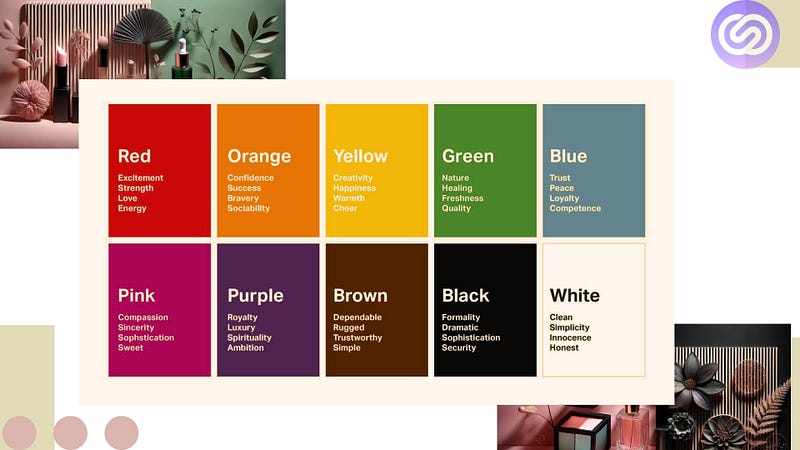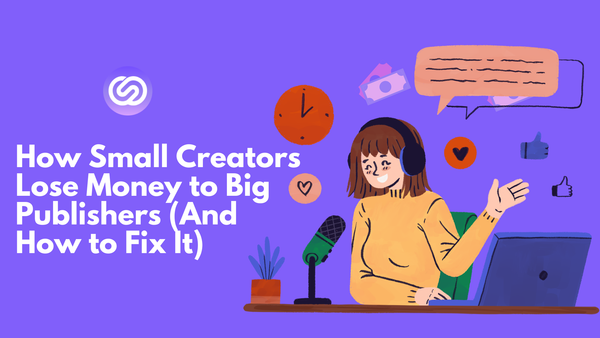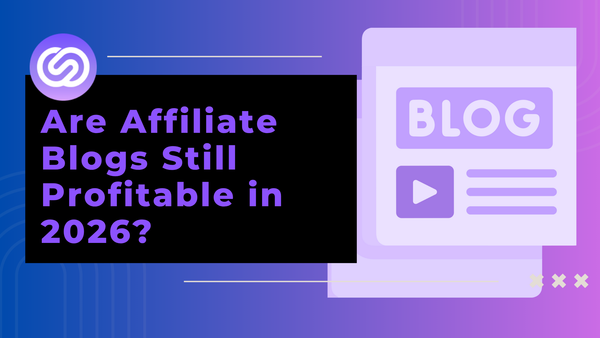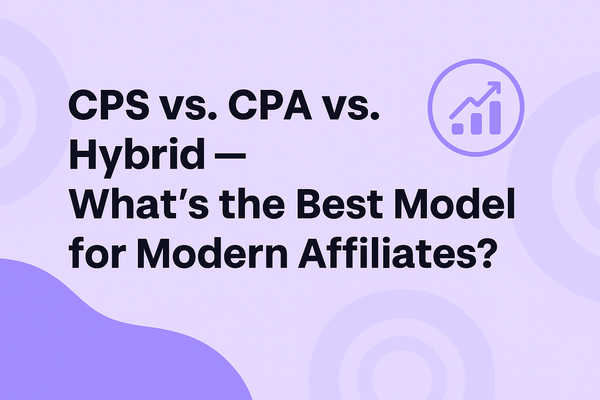Smart beauty packaging: The rule that changed the game
“Packaging is the first touchpoint. It has to feel like a gift to yourself. It’s not just about the product — it’s the whole experience.”…
Smart beauty packaging: The rule that changed their affiliate game
“Packaging is the first touchpoint. It has to feel like a gift to yourself. It’s not just about the product — it’s the whole experience.” Said Emily Weiss, the founder of Glossier Cosmetics.
When Weiss launched the brand in 2014, she was adamant that the packaging had to be more than functional — it had to be an ‘Instagrammable’ experience. Glossier’s packaging became an extension of the brand itself- from the minimalist design to the pink bubble wrap pouches that customers began reusing and sharing their experiences online. It was akin to being part of an exclusive community. The packaging became Glossier’s strongest marketer.
Capitalizing on a completely different packaging Psychology, Rihanna, the pop star turned Billionaire after hosting her line Fenty Beauty had this to say about her packaging-
“In every product, I was like, there needs to be something for a dark-skinned girl, there needs to be something for a really pale girl, there needs to be something in-between. Packaging matters because when people see a product that represents them, they feel like they belong.”

The beauty and personal care industry is projected to grow to $716 billion by 2025, with affiliate marketing pivotal in driving online sales.
Even with little scope for differentiation between brands, the beauty industry got one right: they knew almost instantly when the consumers started basing their purchase decisions on second-hand experiences. They wanted to experience the smell, texture, flavor, and aesthetic value through the creators on the internet that they considered their community.
They first vicariously experienced the product, then created a strong sense of belonging, and later considered purchasing it.
And what bridges this gap? — Smart packaging.
What is smart packaging?
Smart packaging is ‘interactive’ packaging, allowing the consumers to virtually interact with the packaging through the screen, and make them resonate with the brand personality. Packaging is a language and it must be used effectively.
16% of all online sales in the beauty industry are driven by affiliate marketing and over 80% of beauty consumers have purchased a product after seeing it recommended by an influencer.
A product must be packaged to trigger a creator to interact with it. Hence, the packaging must either provide a great aesthetic or interactive experience, or it must endorse a strong value like sustainability or inclusion.
This is easier said than done. In the next part, we will break down the key aspects to make a product packaging that will fly on TikTok.
TikTok-optimized design strategy to attract Gen-z and Gen-Alpha creators: The next big market
More than 60% of affiliate traffic in the beauty sector comes from mobile users. Mobile-optimized affiliate content has been proven to increase conversion rates by 150%. The average conversion rate for affiliate links in the cosmetics sector sits around 5–10%, which is higher than the case in many other industries.
Optimizing the packaging to grab attention and trigger interaction is crucial. Brands attract affiliates and affiliates make the sale!
Here are a few tips to attain the interest of Gen-Z and Gen-Alpha creators.
- A return to reality, ethical solutions, and inclusive messaging: Overpromise is out of fashion. Use your packaging to communicate honesty, ethical sourcing, and simplicity. You are selling to a generation of politically and scientifically aware population. Use your packaging to foster trust and authenticity. If your brand packaging appeals to more than one ethnicity and economic class, you will tap a broader market.
- Fragrance & Flavor: Multi-sensory packaging means more than the box and stickers. It means the overall ability to appeal to multiple sense organs. The smell, texture, colors, and overall feel matter.
Original image generated for Hypelinks
- Design consistency across products: The new market tends to operate on trust and familiarity. To leverage this, brands can maintain uniformity in their packaging to sell a wider variety of products to the target. Brands can even deliberately break out of this uniformity to pitch a product differently. For eg- if a leading hair color brand wants to launch a line of natural hair care products, it would make sense to package it differently to appear non-synthetic and organic. Brands can even leverage color psychology to attain such results.
- The Power of Color Psychology: Color psychology plays a crucial role in cosmetic branding, influencing consumer perception and purchasing decisions. For example, pink often conveys femininity, compassion, and sincerity making it popular for beauty products aimed at younger women. Black suggests luxury, sophistication, and security commonly used for high-end or professional cosmetics. Green, associated with nature and wellness, is often used by brands promoting natural or organic ingredients. The right color can reinforce a brand’s identity and evoke emotional connections with customers.
Color code image copied from website, added effects and logo to make it original

Boxing It Up: The Final Word on Packaging
We’re almost there! As a key takeaway, try to create a community of consistent buyers who ‘resonate’ with what the brand looks and feels like and stands for.
If your beauty brand is on the Amazon affiliate program, and find it difficult to foster fruitful and long-term partnerships with creators and affiliate marketers, Hypelinks is the place to come. We help brands gain control over their commissioning structure and offer higher percentages to affiliates. Hypelinks also allows creators a storefront that maximizes the shelf life of affiliate links.
Hypelinks presents a catalog of affiliates and creators, and their simplified performance data, and allows you to qualify the creators before connecting. Hope you had as good a time reading this, as we did writing.
Adios!



